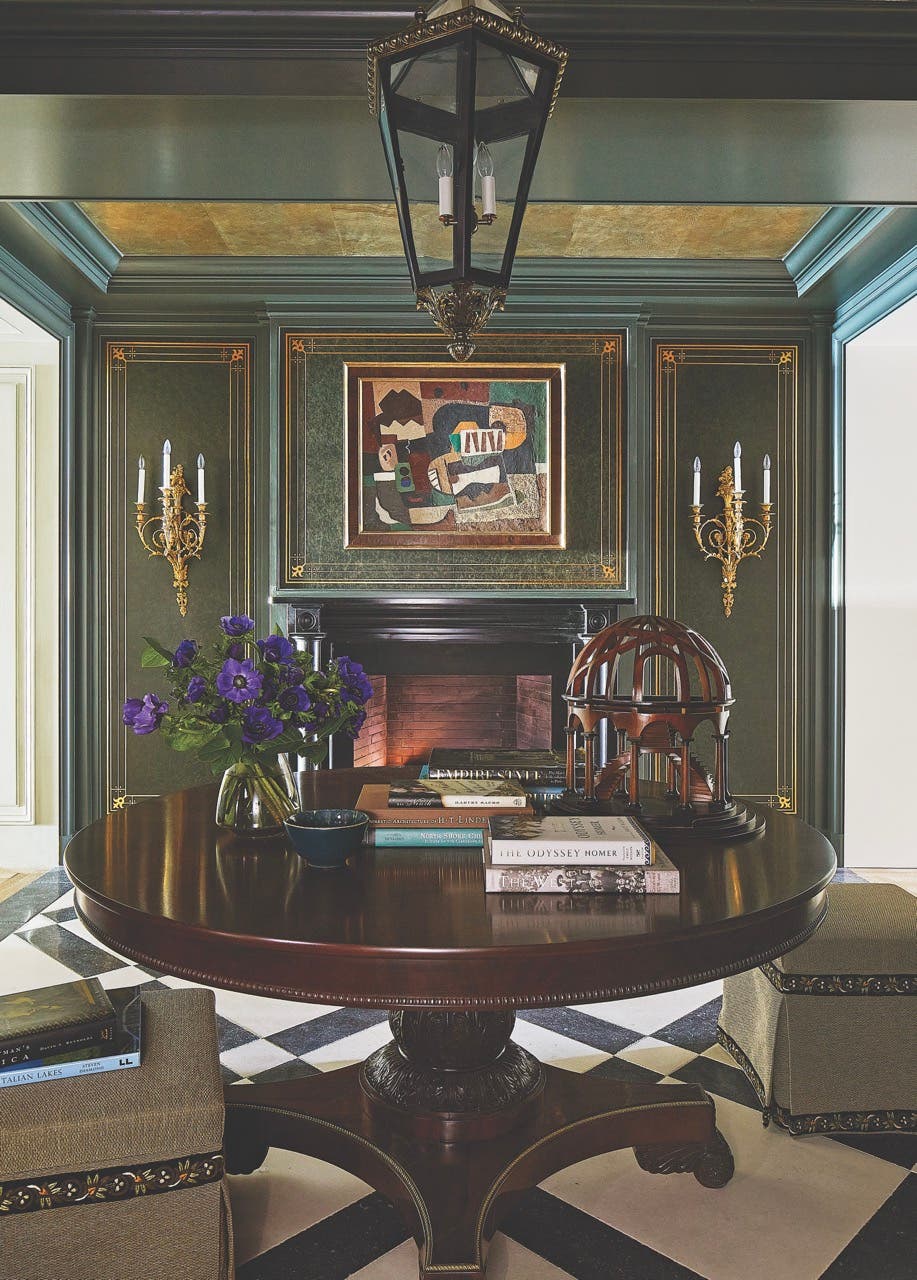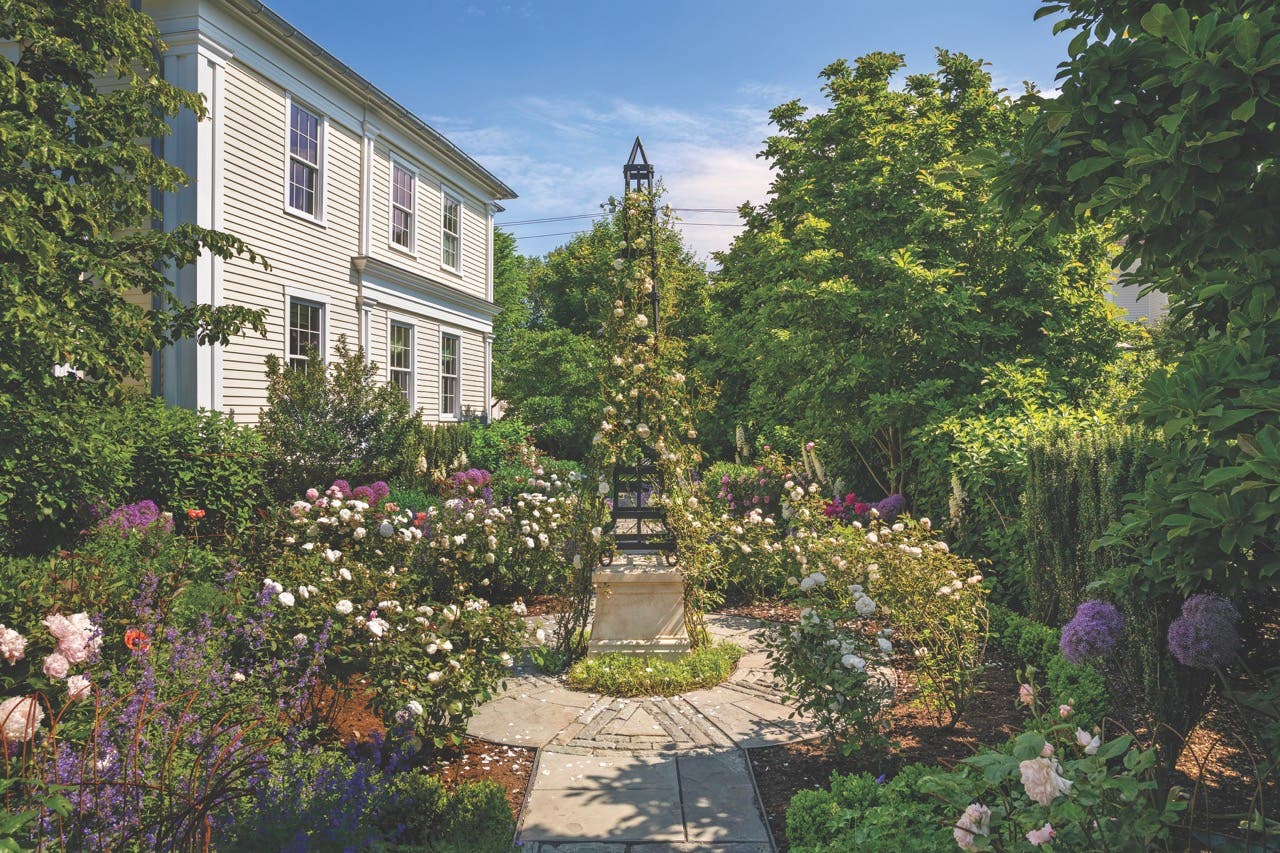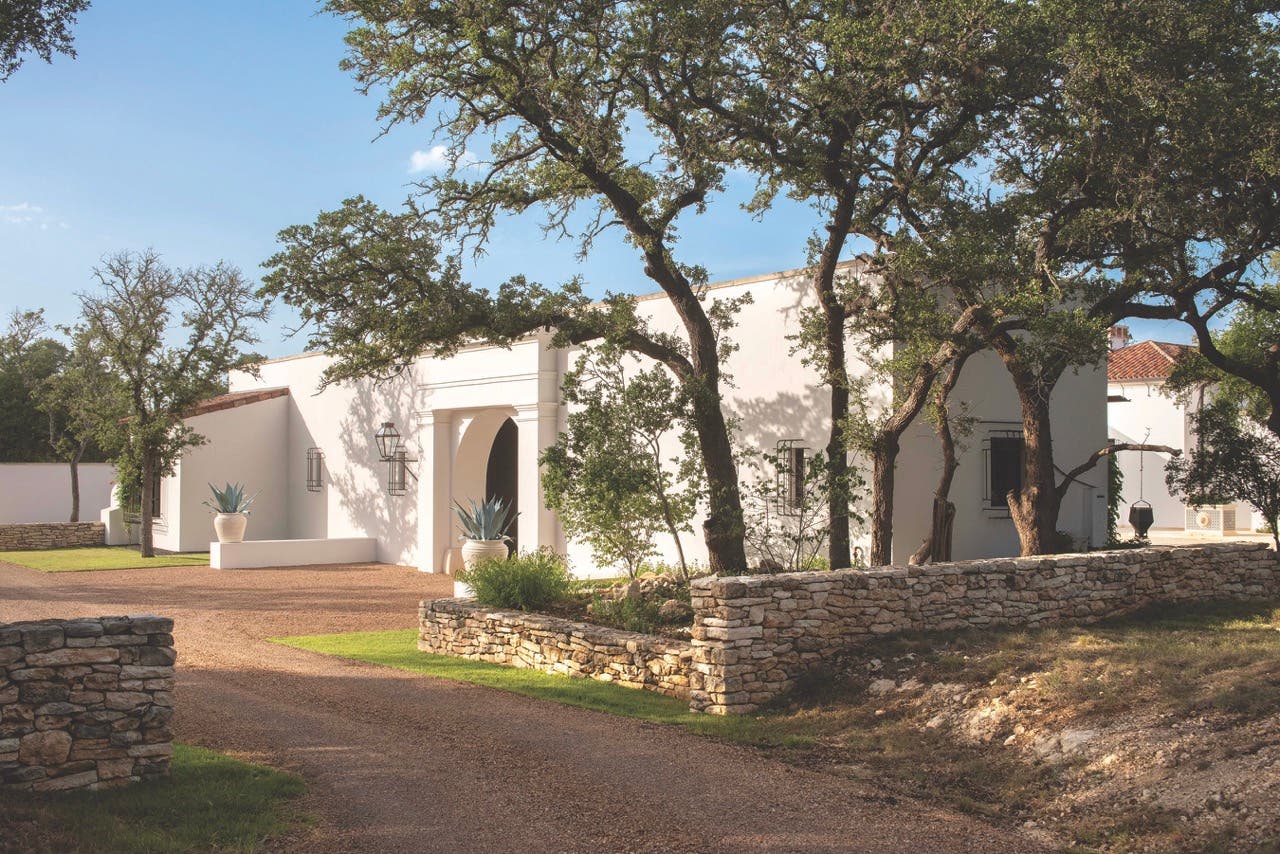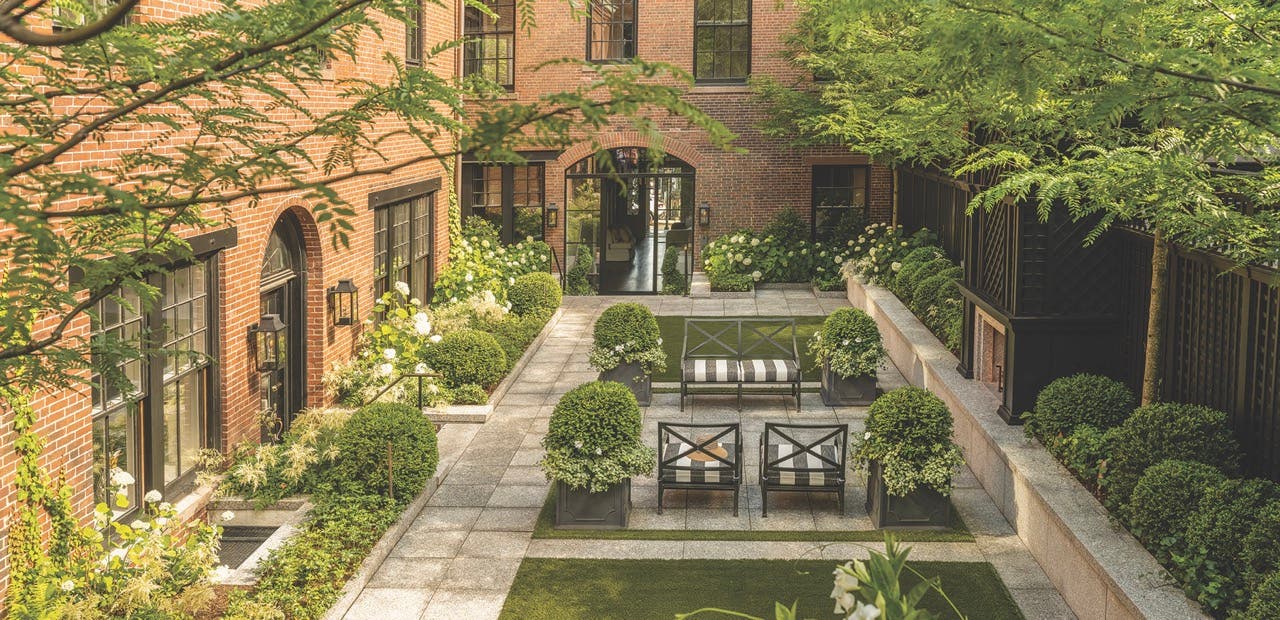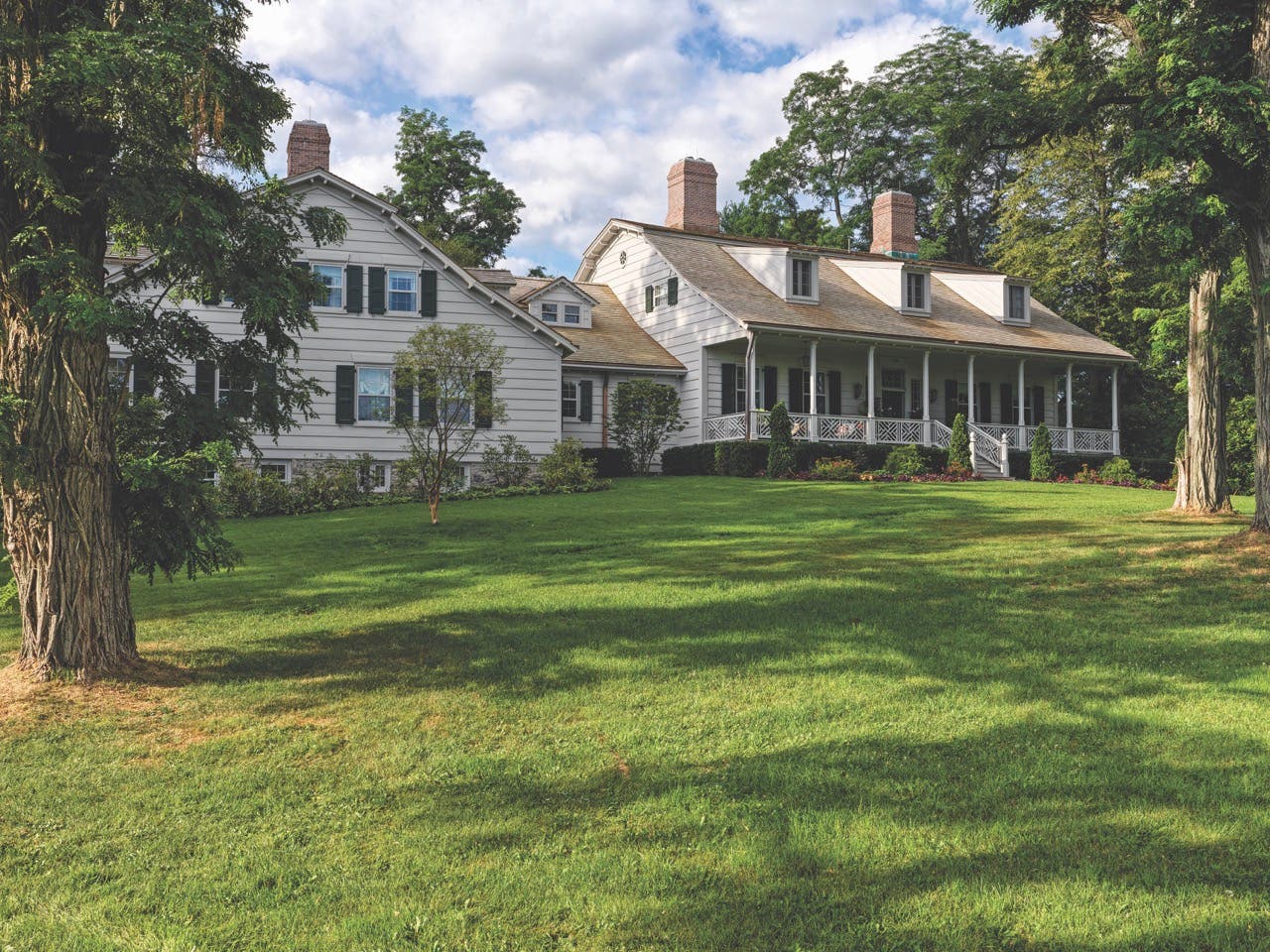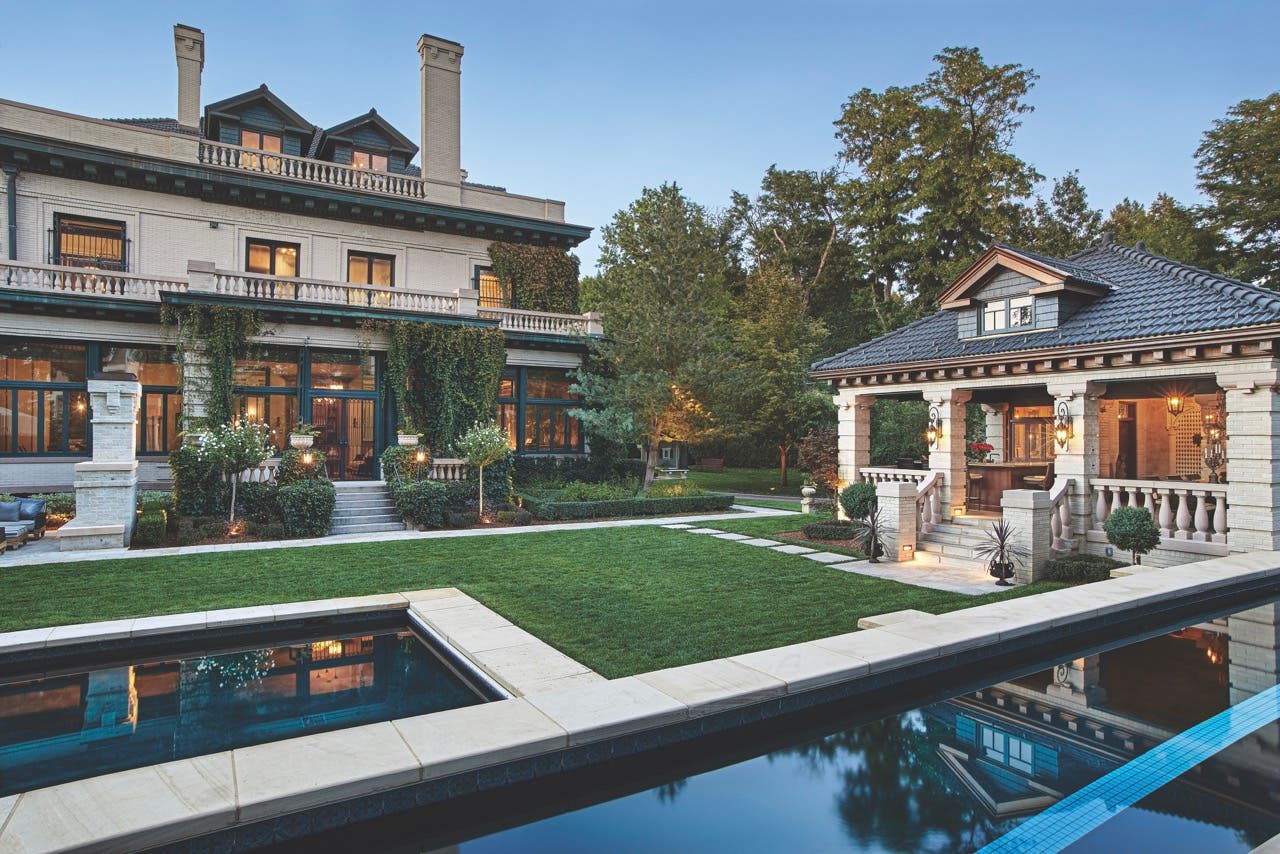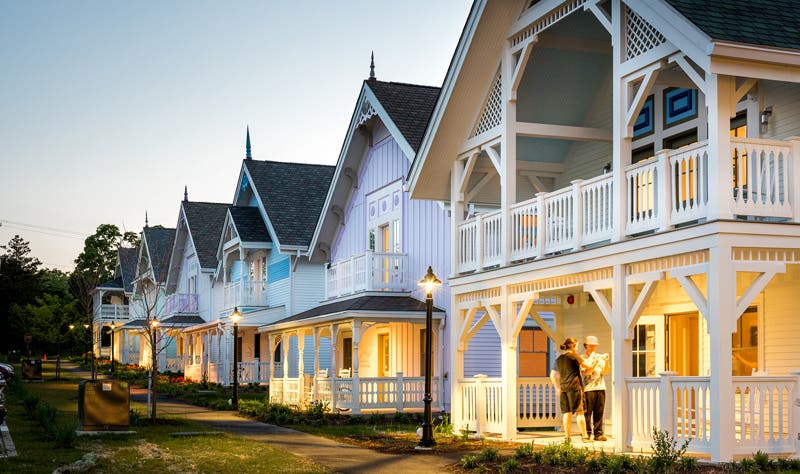
Palladio Awards
Centerbrook Architects and Planners Build Residential Multi-Unit Community
2016 PALLADIO AWARDS
Residential Multi-Unit
Winner: Centerbrook Architects and Planners

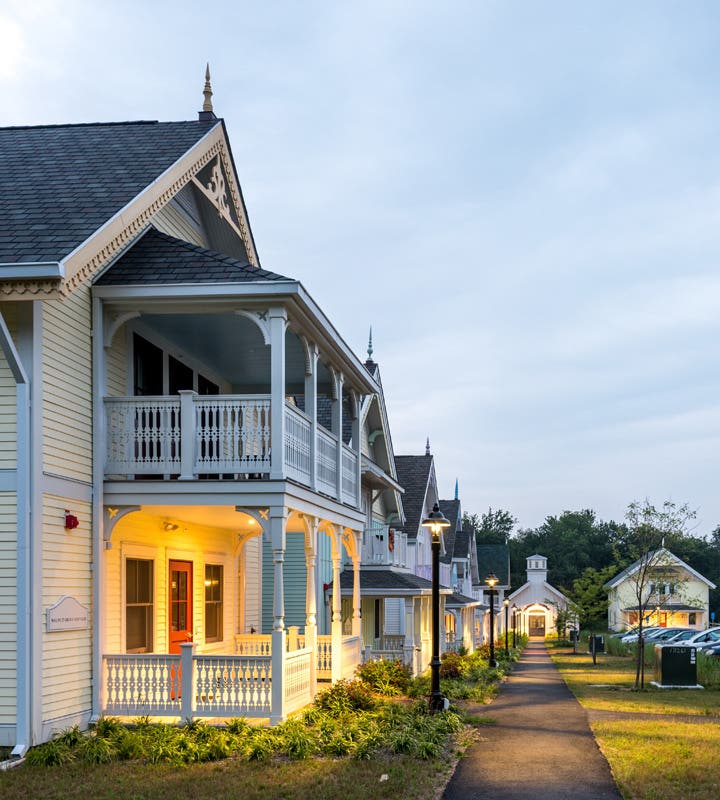
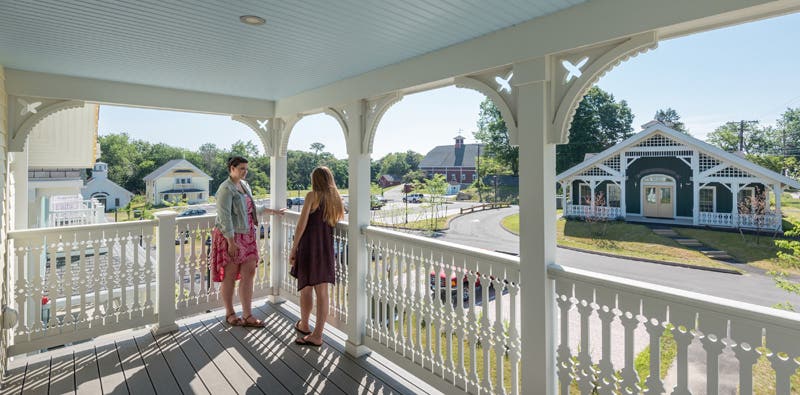

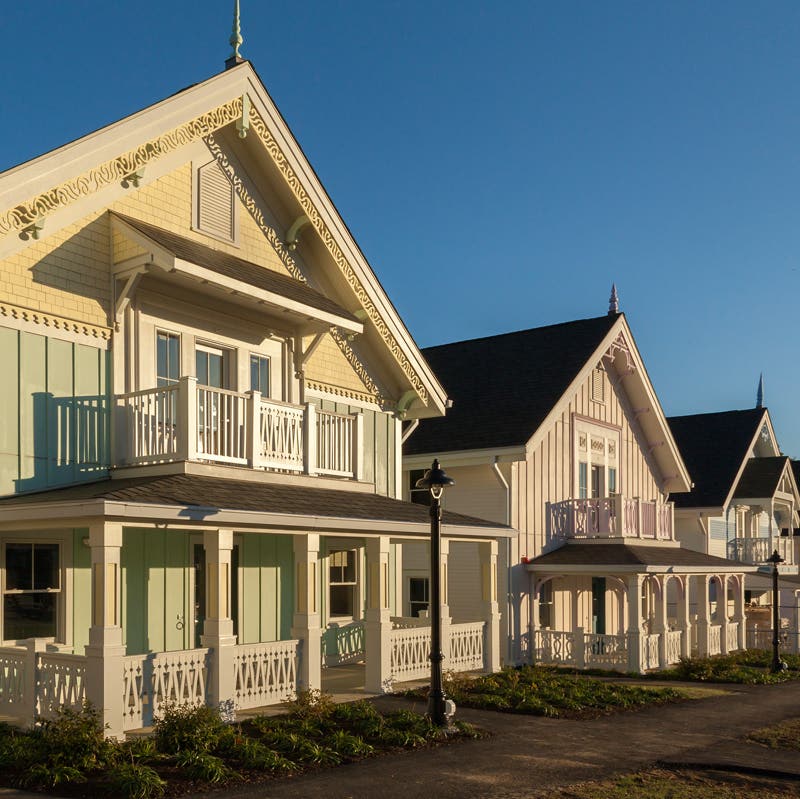
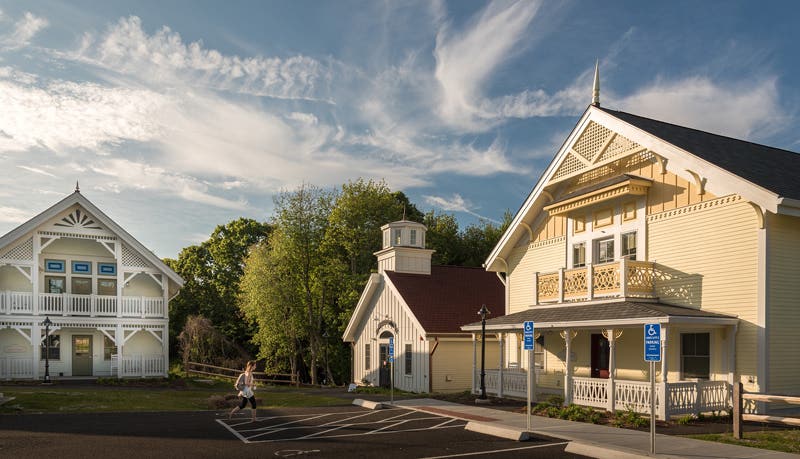
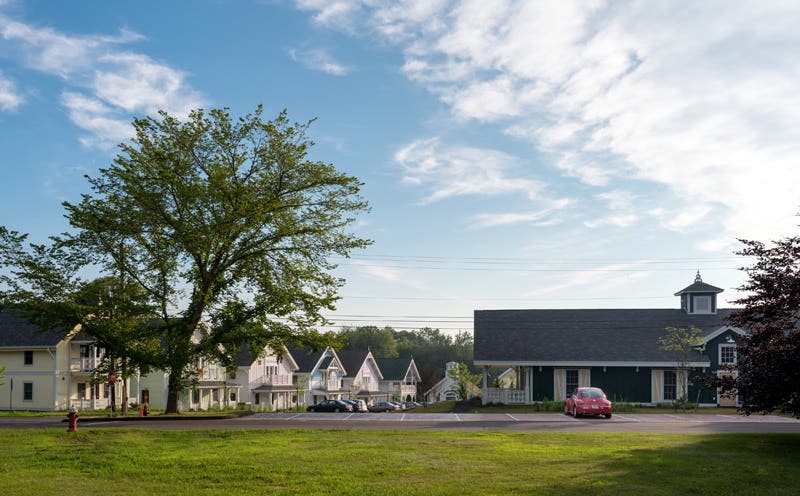
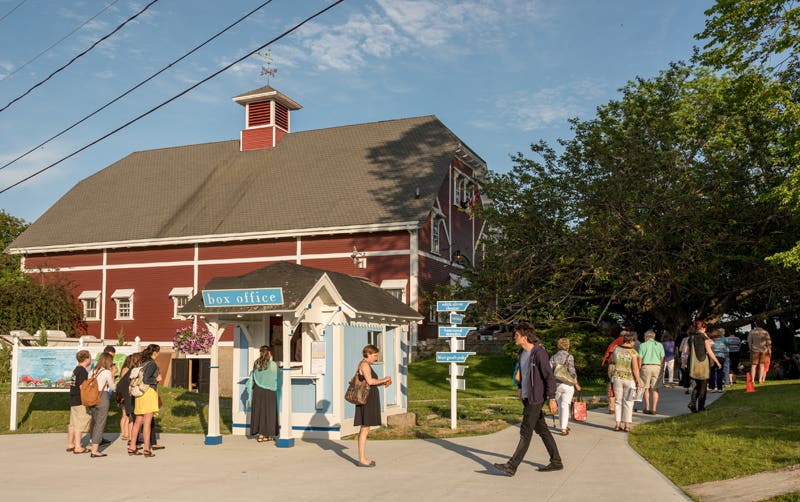
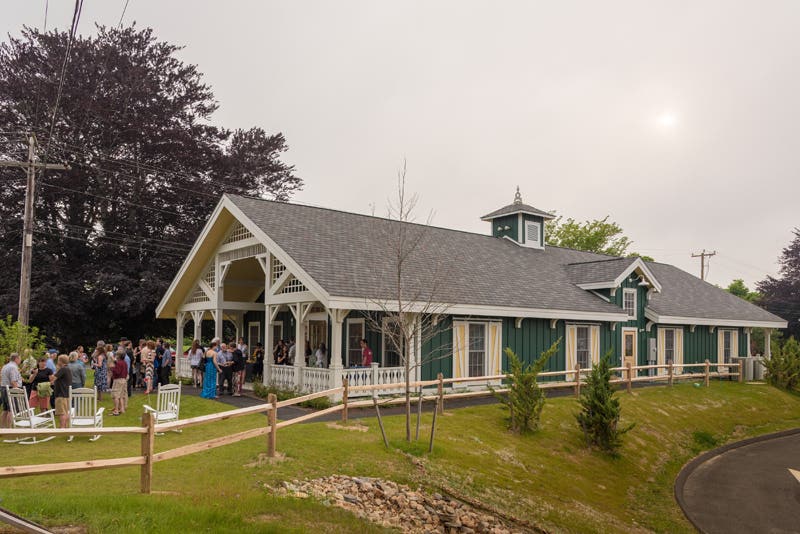
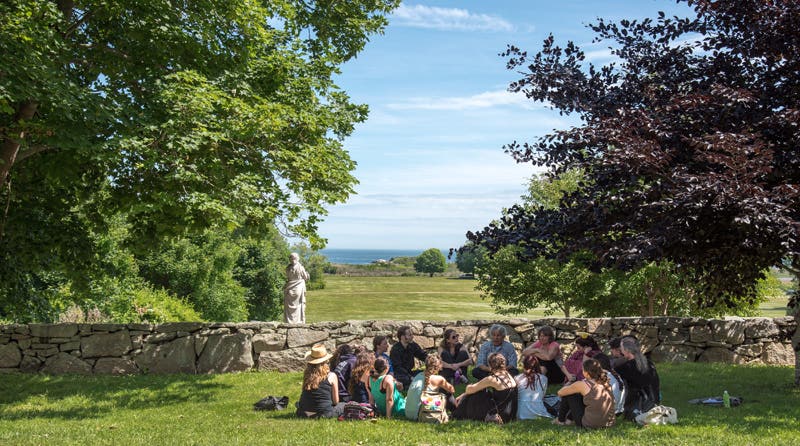
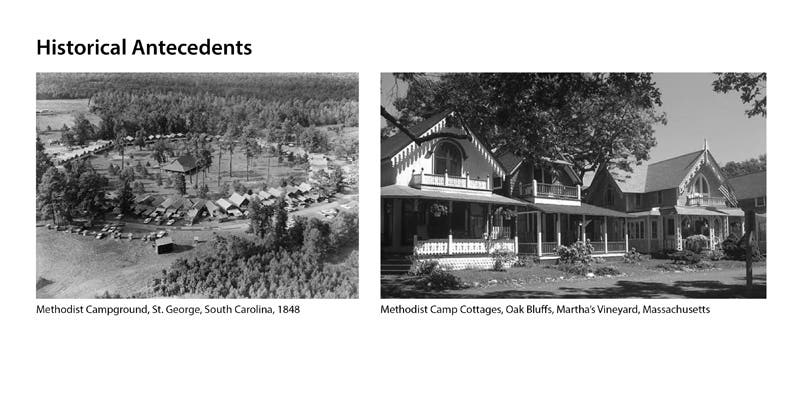
ADDITIONAL KEY FIRMS
MEP Engineer: Innovative Engineering Services, LLC,
East Haven, Connecticut
Connecticut Civil Engineer: The LRC Group, Cromwell, Connecticut
Connecticut Structural Engineer: Gibble Norden Champion Brown, Old Saybrook, Connecticut
Connecticut General Contractor: Montagno Construction, Inc., Waterbury, Connecticut
Connecticut Landscape Architect: Towers Golde, New Haven, Connecticut
By Kiley Jacques
When faced with the challenge of adding residential housing to accommodate 65 students of the Eugene O’Neill Theater Center, Centerbrook Architects and Planners got creative, befitting the client. Rather than designing a dormitory-style structure, they opted for the construction of eight new, closely spaced, Victorian cottages, befitting the locale—rural Connecticut.
In fact, its rural character is the center’s most treasured aspect. The campus consists of Victorian, Federal, and rustic farm buildings scattered around pastures overlooking Long Island Sound. The goal, therefore, was to enhance that character and honor the theater’s tight-knit community.
For inspiration, they turned to the the tradition of Methodist Camps, which were built along the East Coast and throughout the Midwest over the last half of the 19th century—a design choice they feel solidifies the campus’s historical framework. “Their placement, scale, inviting porches, and intricate details nurture a sense of belonging and strengthen the O’Neill’s richness as a special American place devoted to the performing arts,” says designer Chad Floyd. In that tradition, tiny Victorian camp structures—initially tents, later cottages—were laid out around a large central pavilion, where daily prayer, community gatherings, and lectures were held. Ultimately, those camps served as venues for cultural affairs, many of which focused on the performing arts.
Featuring intimate porches, the cottages encourage residents to socialize, which is in keeping with the idea that small residential groupings nurture a sense of belonging; and details like intricate brackets and finials recall a simpler time.
In addition to residential space, which was to include laundry facilities, they were commissioned to build a new rehearsal building that would house a dance studio and a music composition classroom. (The eight new cottages now encircle the new rehearsal space.) Furthermore, they were tasked with renovating a performance barn, as well as relocating and renovating a small box office building, in addition to general site improvements on the campus.
The firm’s design for the cottages does, indeed, foster more closely knit residential communities, while that for the performance center enables flexibility for differing class sizes. Both designs work together to create an architectural aesthetic that supports the campus’s established character. The overall result is a celebration of traditional Victorian design principles.
In essence, Centerbrook’s decision to follow the Methodist Camps’ Victorian architectural precedent has strengthened the O’Neill Theater Center as a place devoted to the culture of performing arts.



